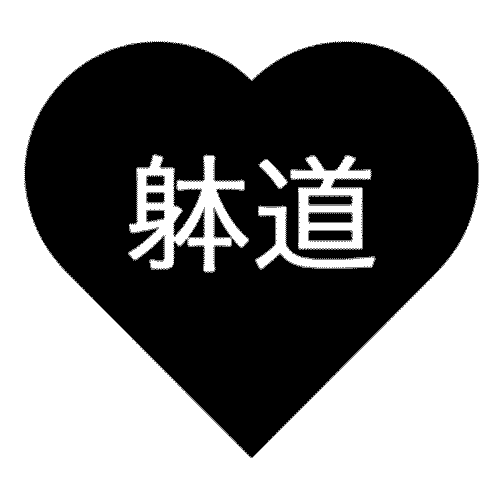The last tip dealt with posture, which I basically used to refer to spinal alignment. If you have improved your posture over the past couple of weeks, you know that using your body correctly can have a big impact on your Taido. This time, we're going to work on another aspect of body structure.
Hinges
A hinge is a kind of bending joint that only works in one direction. You have hinges on your door. There is no option to open the door in a different direction. We sometimes speak of an outcome as "hinging on" some particular factor being present - in other words, it can only work if that factor exists. Again, this will only work one way. Hinges don't give options.
Another hinge can be found in our knees, elbows, and other joints. We're going to focus on the knees for now.
Knee Alignment
Like other hinges, the knees don't give options. However, their relationship to the hips and ankles afford a great deal of mobility. So much mobility makes it easy to forget that the knees should always point in the same directions as the feet. This may sound obvious, but if you pay attention, I guarantee you will find numerous examples of ways you break this simple principle at every practice. I know I do.
Why This Is Important
Just as with spinal alignment (posture), proper alignment of the knees can improve your balance, ease of movement, and power.
Actually, correct alignment is built into Taido technique. Looking at any of Taido's three kamae, we can see that the knees point in line with the feet - at least when our kamae is correct. Oftentimes, without realizing it, we allow our feet to come out of alignment by pointing too far in either direction. Doing this not only puts sheering pressure on the knee joint, but weakens power transfer through this important link between center-mass and the floor (which means that we can more as quickly or powerfully as we could with correct alignment).
Try it: Stand in any kamae and check your foot alignment. Then do any technique you like. Notice how the technique feels when you are correctly aligned. Now turn your foot slightly to either side and try the technique again. Turn your foot the other way and try. How does that feel?
For some techniques, the differences will be more significant than others, but you'll probably notice them for most movements in Taido.
Just as you've been working on being more aware of your spinal alignment, You should also work on noting the alignment of joints in your lower body. Since Taido is based on being able to perform unsoku, the way we use our feet and legs is obviously a big factor in our ability to move freely and effectively.
Spend some time playing with foot/knee alignment, especially while moving in unsoku. The next installment will discuss how this applies to seigyo.
